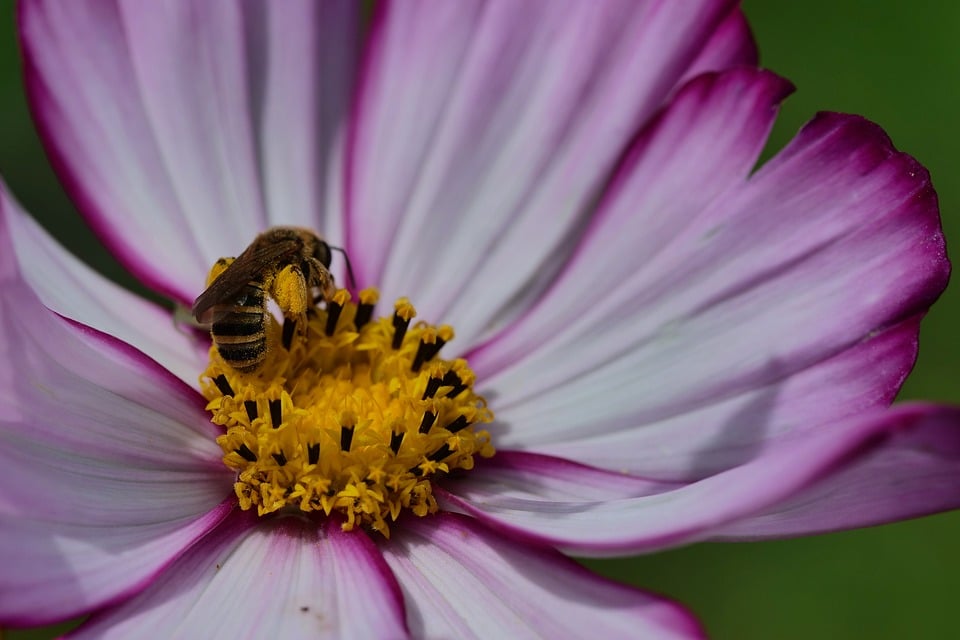In a world filled with uncertainties and challenges, humans have sought solace and protection through various means. One such method that has transcended time and culture is the use of talismans. These mystical objects, believed to possess magical powers, have played a significant role in shaping societies throughout history. From ancient civilizations to modern-day practices, talismans have remained a powerful symbol of protection, luck, and spiritual connection. In this article, we will delve deep into the world of talismans, exploring their historical significance, current state of use, and potential future impact on society.
The Historical Context of Talismans
The concept of talismans dates back thousands of years to ancient civilizations such as Egypt, Greece, and Rome. These societies believed in the power of objects imbued with spiritual energy to ward off evil, bring good fortune, and protect the wearer from harm. Talismans were often intricately designed amulets made from precious metals, gemstones, or engraved with sacred symbols. They were worn as jewelry or carried on one’s person as a form of spiritual protection.
Some of the most famous historical talismans include the Eye of Horus in ancient Egypt, the Seal of Solomon in Jewish mysticism, and the Hamsa hand in Islamic culture. These symbols were believed to offer their wearers supernatural powers and divine protection in times of need.
The Current State of Talismans
In modern times, the use of talismans has evolved to encompass a wide range of belief systems and practices. From traditional religious symbols to New Age crystals and symbols, talismans come in all shapes and forms. They are now used not only for protection but also for healing, manifestation, and spiritual guidance.
One popular form of talisman in recent years is the crystal pendant, believed to harness the energy of the earth to promote healing and balance. These crystals are often worn as jewelry or placed in one’s living space to create a positive energetic environment.
Another modern talisman gaining popularity is the vision board, a collage of images and words that represent one’s goals and desires. By focusing on these visual representations, individuals believe they can attract positive outcomes into their lives.
The Future of Talismans
As society continues to evolve, the role of talismans is likely to shift and adapt to meet the changing needs of individuals. With the rise of technology, we may see a new form of digital talismans emerge, such as personalized apps or virtual reality experiences designed to promote well-being and success.
Furthermore, as people become more mindful of their mental health and overall wellness, talismans that focus on emotional healing and self-care are expected to gain popularity. This could include wearable devices that track and enhance one’s mood or energy levels, or talismans that promote mindfulness and relaxation.
In a rapidly changing world, talismans offer a sense of stability and connection to something greater than ourselves. Whether it be a simple trinket or a complex symbol, talismans continue to hold a special place in the hearts of many.
Conclusion
In conclusion, talismans have played a significant role in shaping societies throughout history and continue to impact individuals in powerful ways today. From ancient civilizations to modern-day practices, talismans have stood the test of time as symbols of protection, luck, and spiritual connection.
As we look to the future, the role of talismans is likely to evolve to meet the changing needs of individuals seeking solace and meaning in an increasingly complex world. Whether through traditional symbols or innovative new forms, talismans offer a sense of comfort and strength to those who believe in their power.
Thank you for joining us on this fascinating exploration of talismans through the ages. We invite you to further explore this topic through expert insights, case studies, and statistical data to gain a deeper understanding of their impact on society.
